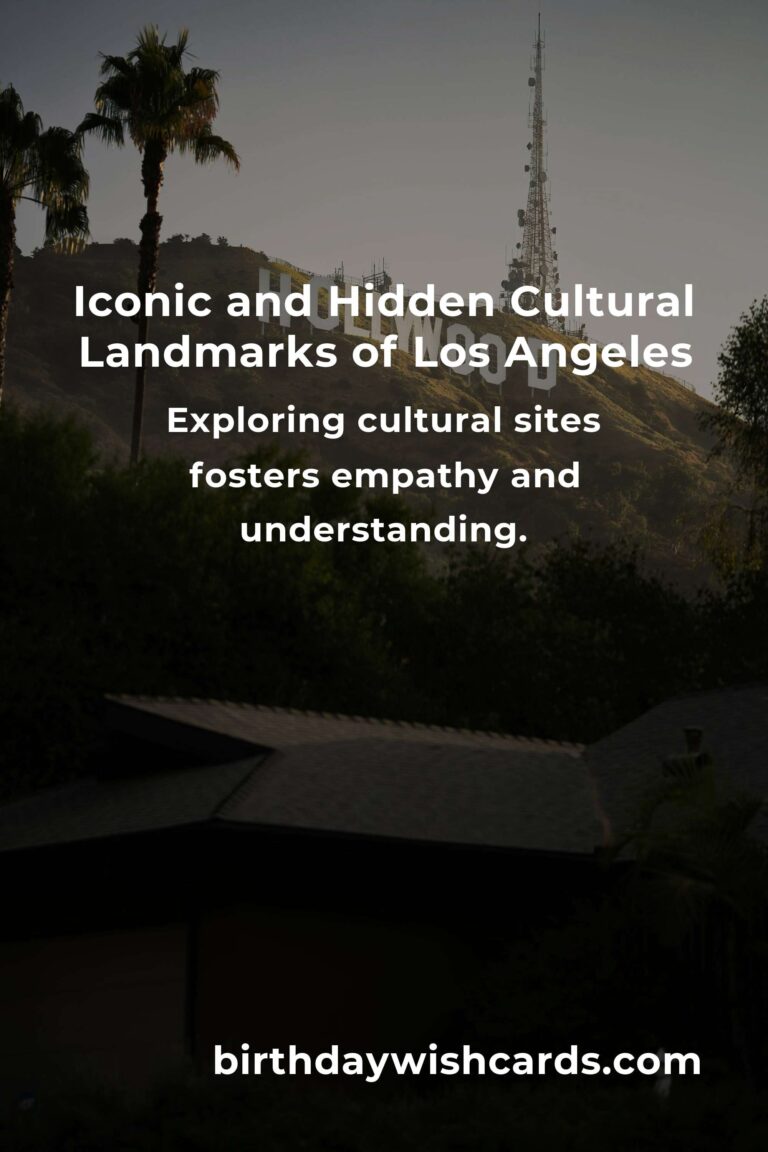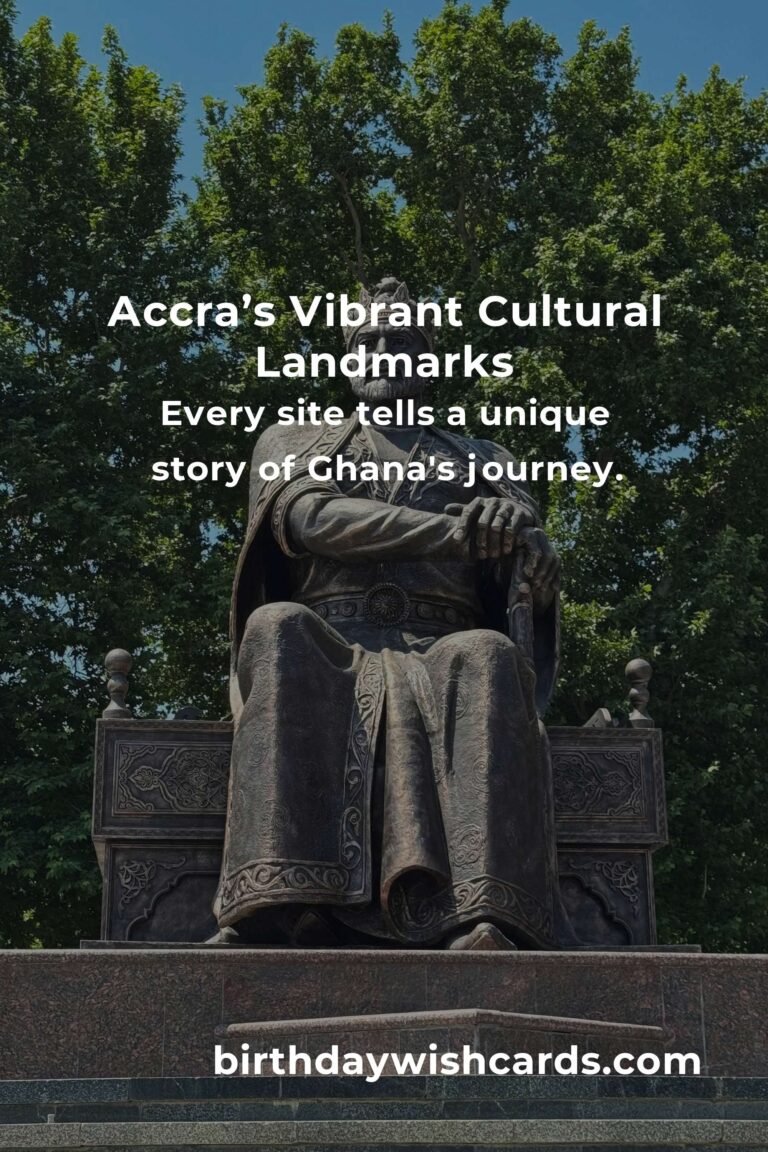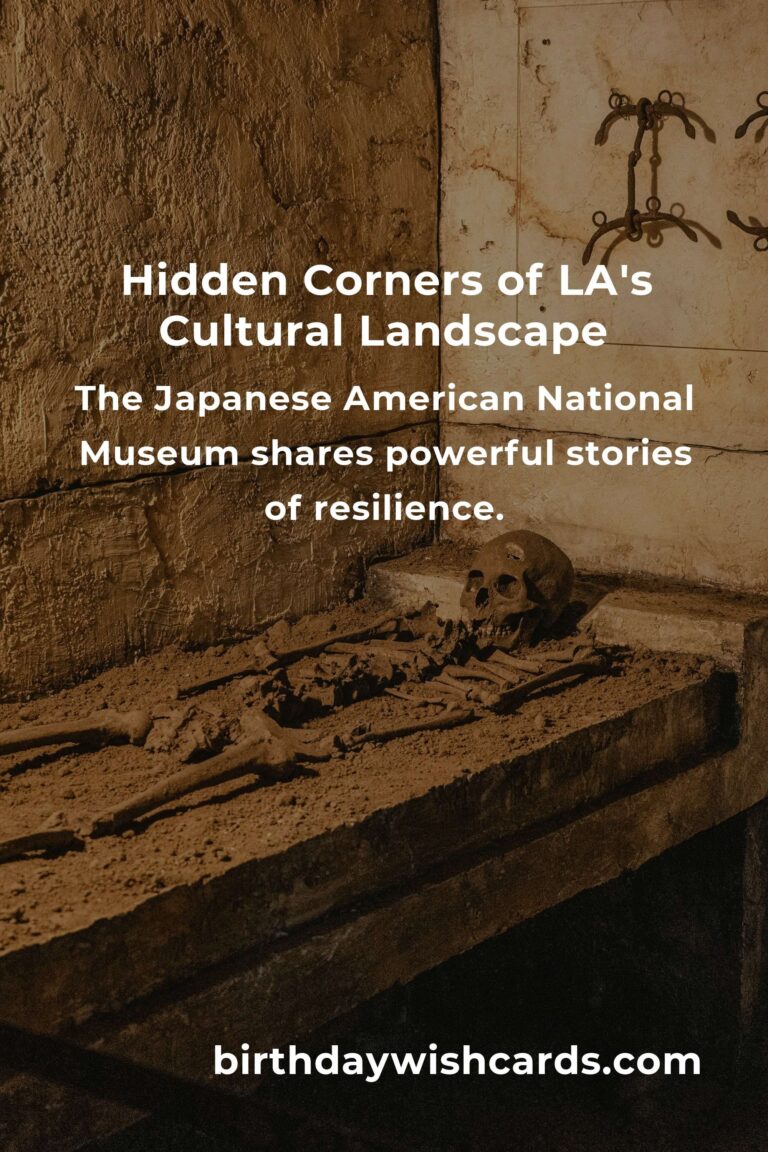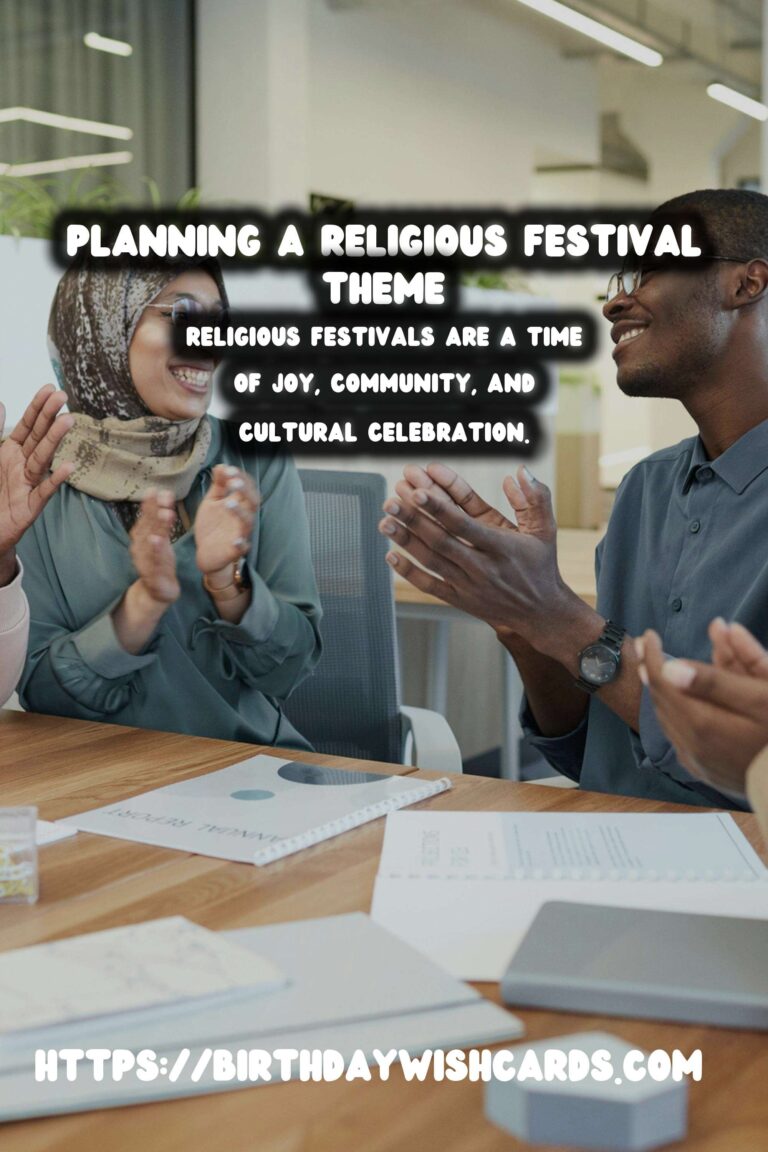
Religious festivals are a time of joy, community, and cultural celebration. Planning a festival theme can elevate the experience, making it more meaningful and memorable. In this article, we will explore some heartfelt ways to organize and execute religious festival themes that resonate with your community.
Understanding the Significance of Themes
A well-chosen theme serves multiple purposes: it sets the tone, engages participants, and communicates the values of the festival. Understanding the underlying religious context and cultural significance will help in crafting a resonant theme that honors traditions.
1. Engage with the Community
Before you finalize a theme, engaging with your community is crucial. This can be done through surveys, focus groups, or community meetings. Ask questions that allow participants to express what the festival means to them and how they envision it. This involvement fosters a sense of belonging and ownership.
2. Selecting a Meaningful Theme
Choosing a theme that aligns with the religious significance of the festival is vital. Consider themes such as:
- Renewal and Forgiveness: Perfect for festivals focused on reflection and growth.
- Unity and Harmony: Themes that celebrate togetherness can be powerful during community gatherings.
- Tradition and Heritage: A theme that highlights cultural richness connects attendees to their roots.
3. Incorporating Symbols and Artifacts
Your theme can be beautifully illustrated through the use of symbols and artifacts that hold religious significance. This might include:
- Icons: Use religious symbols thoughtfully to enhance decorations.
- Traditional attire: Encourage participants to wear traditional clothing that aligns with the festival theme.
- Art installations: Create art pieces that reflect the values and stories of the faith.
4. Programming Events Around the Theme
Programming is an essential part of any festival. Plan workshops, speeches, and performances that align with the chosen theme. This can include:
- Themed Workshops: Offer activities that engage participants in learning about the festival’s significance.
- Artistic Performances: Showcase music, dance, or theater that reflects the religious or cultural narratives.
- Speakers: Invite community leaders or religious figures to share insights related to the theme.
5. Creating Visual Displays
Visual aesthetics play a significant role in festival atmosphere. Create displays that embody your theme through:
- Banners and Signage: Use bright colors and religious motifs to create an inviting environment.
- Light Displays: Incorporate lighting to highlight important areas and create a festive mood.
- Interactive Stations: Include spaces where attendees can reflect or learn more about the religious context of the festival.
6. Utilizing Social Media
In the digital age, social media serves as a key tool for engagement. Share the festival theme through graphics and posts that capture its essence. Consider:
- Creating an Event Page: Keep your community informed and excited about the upcoming events.
- Interactive Campaigns: Encourage participants to share their thoughts and photos related to the festival theme.
- Engaging Content: Post videos, interviews, and stories leading up to the festival.
7. Planning for Inclusivity
It’s essential to create an atmosphere where everyone feels welcome. When planning your theme, ensure that:
- Diversity is Recognized: Acknowledge the different backgrounds and beliefs within your community.
- Accessibility is considered: Make sure all activities and spaces are accessible to everyone.
- Family-friendly activities are included: Design experiences that engage all age groups.
8. Celebrating with Food
Food often plays a crucial role in religious festivals, serving as a connector. Incorporate this aspect by:
- Traditional Dishes: Offer food that represents the culture and faith behind the festival.
- Cooking Demonstrations: Engage the community by teaching how to prepare traditional recipes.
- Potluck Style Eating: Encourage attendees to bring dishes, sharing their cultural heritage.
9. Feedback and Reflection
After the festival, gather feedback from participants. What did they enjoy? What could be improved? This reflection is essential for planning future themes and will help make each festival better than the last.
Conclusion
Planning a religious festival theme is a heartfelt endeavor that requires thoughtfulness, community engagement, and creativity. By following these tips and being open to your community’s input, you can create a festival that resonates deeply, fosters connections, and honors the traditions that bind your community together. Remember, a successful festival operates not just through organization, but through the shared spirit and love for one another.
Religious festivals are a time of joy, community, and cultural celebration. Before you finalize a theme, engaging with your community is crucial. 
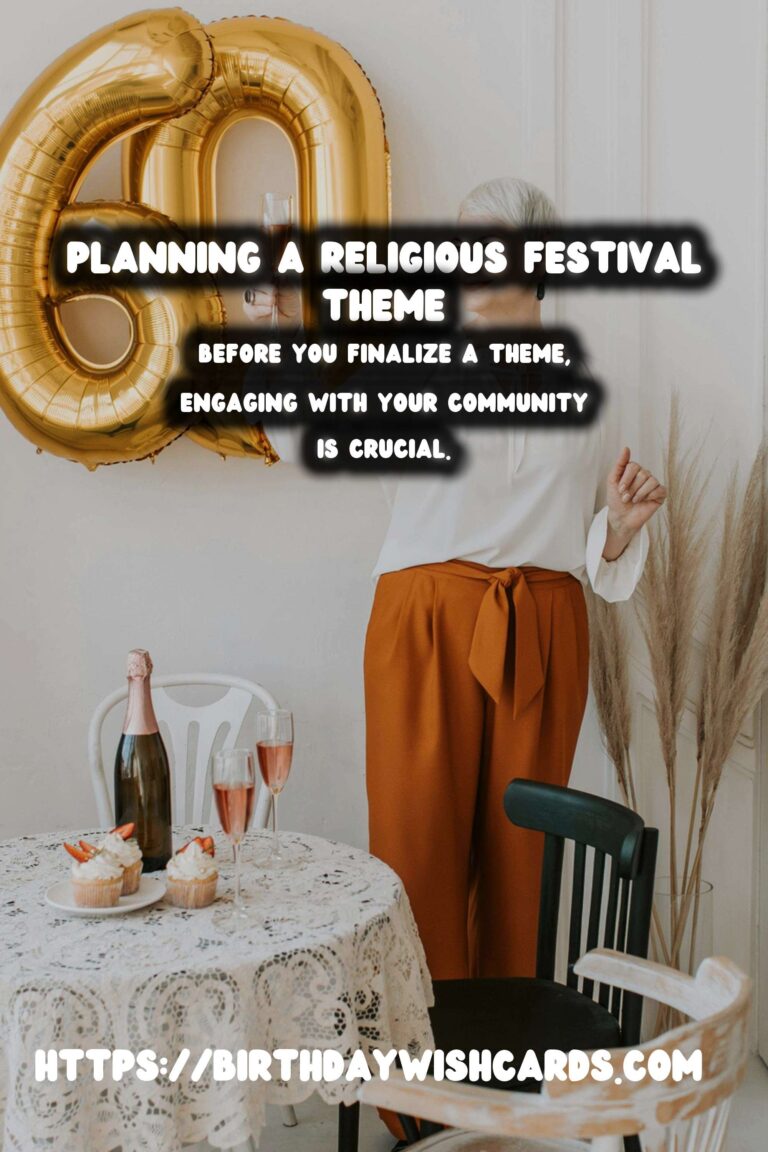
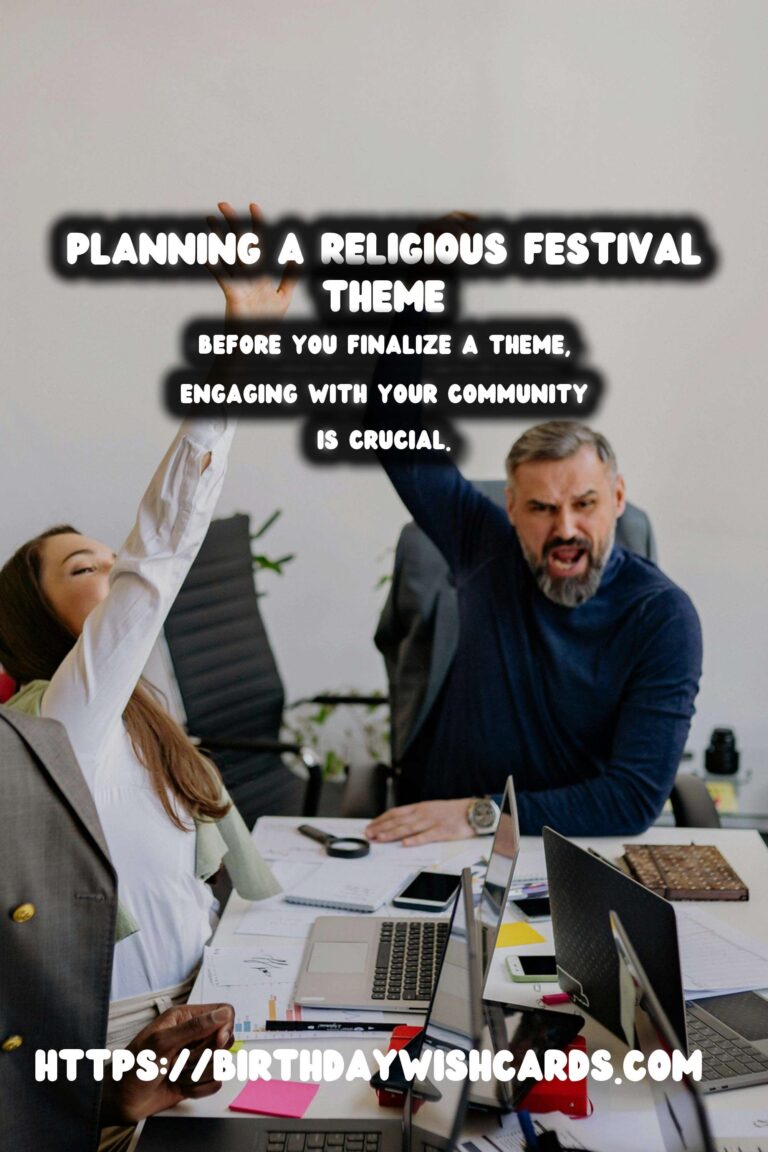
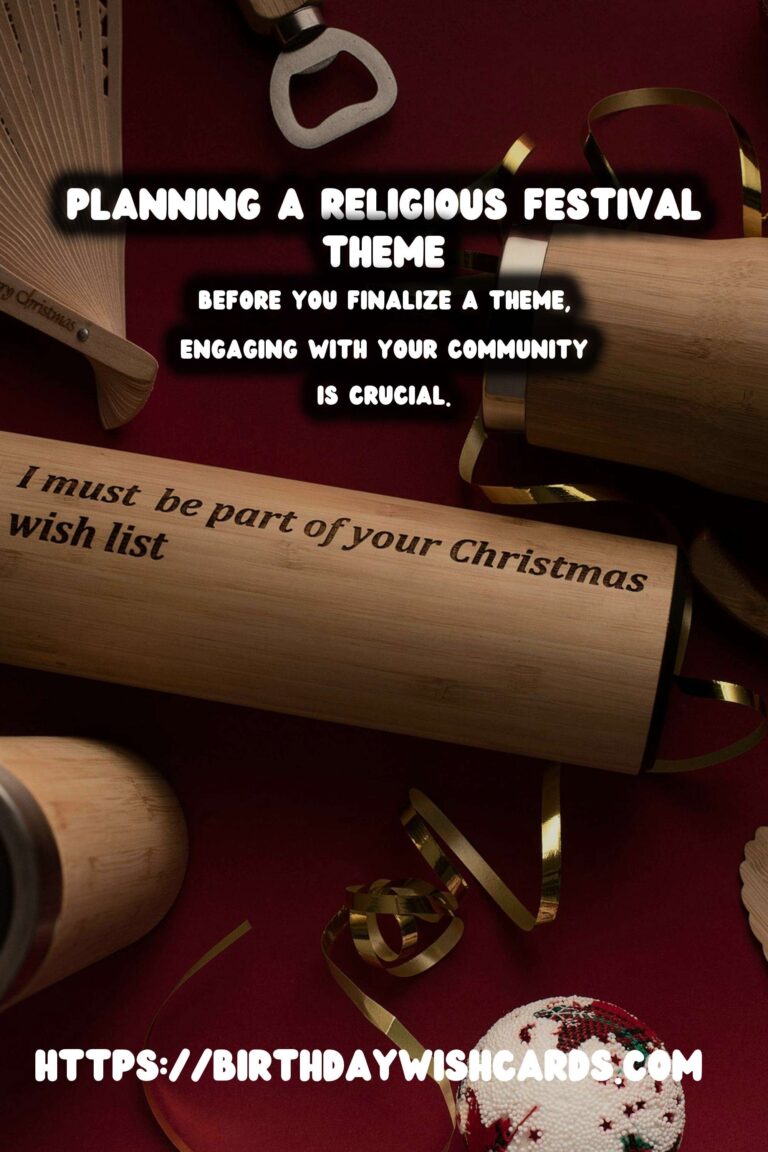
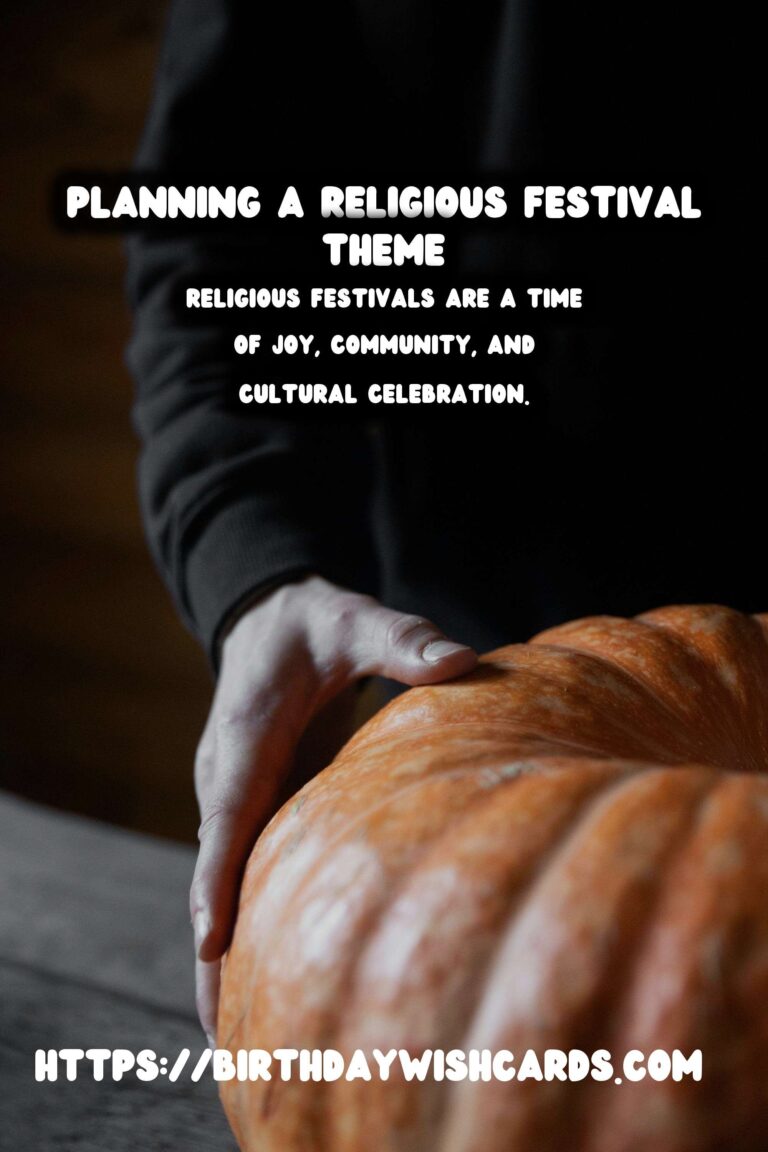
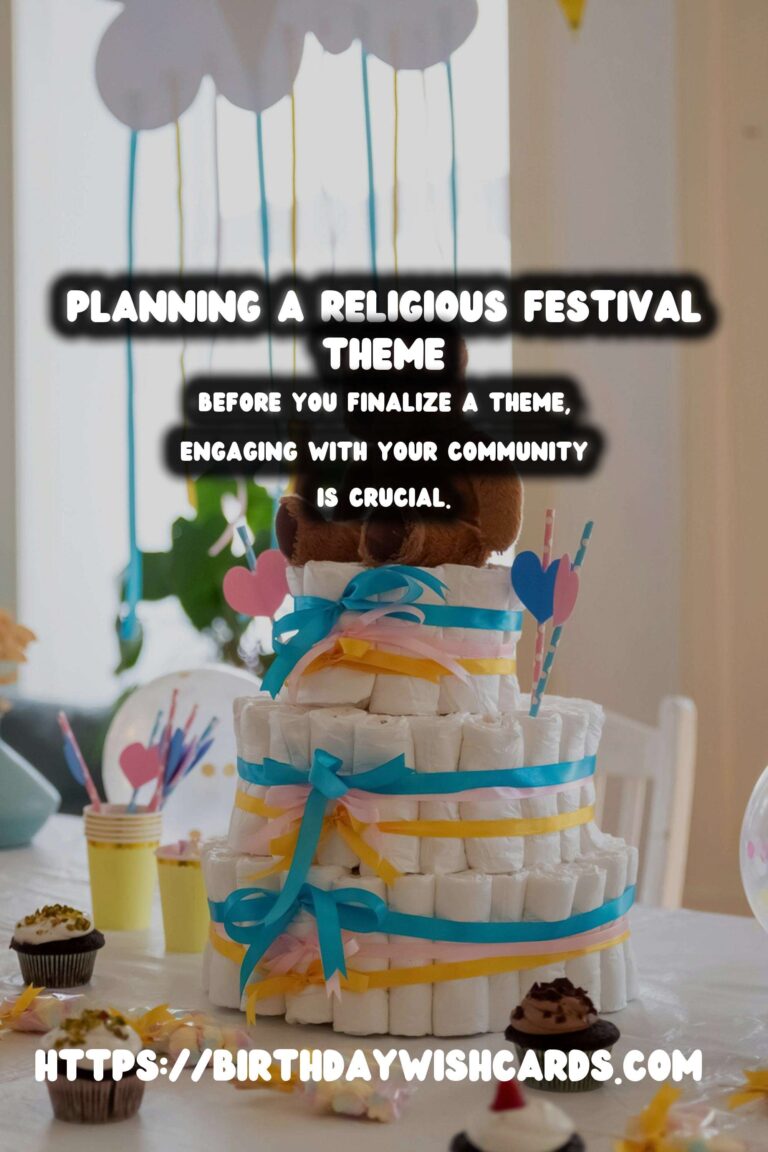
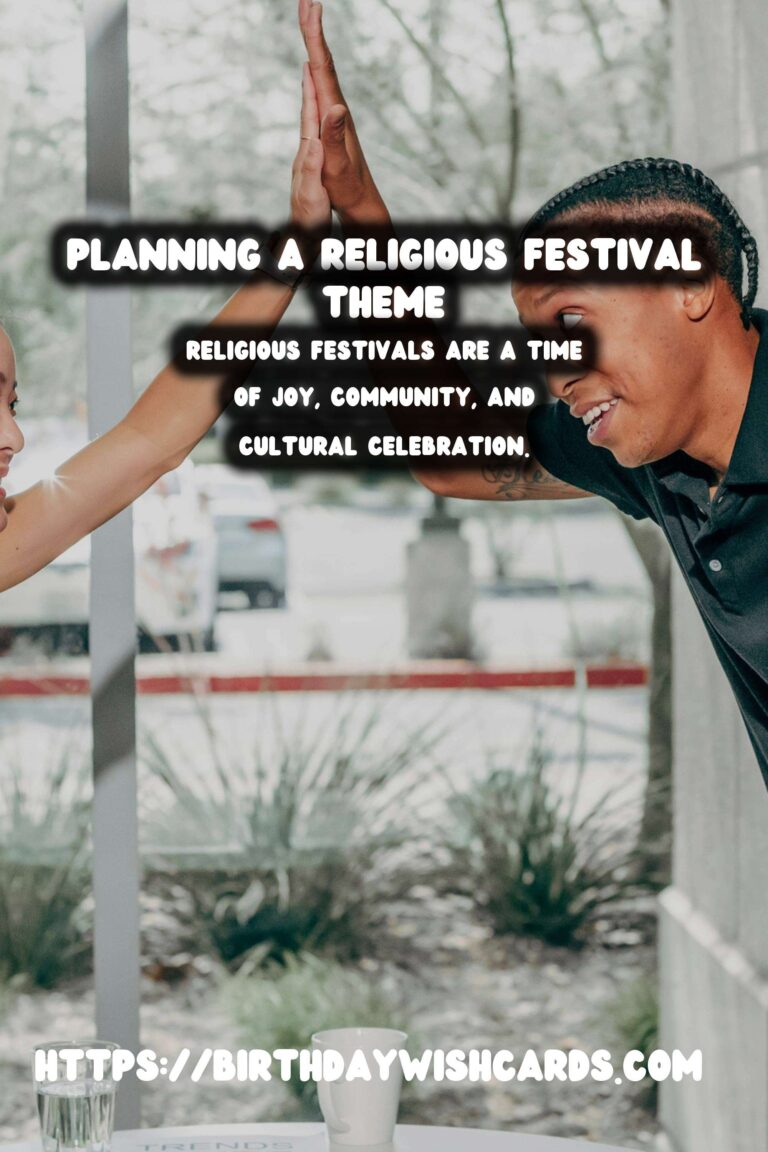
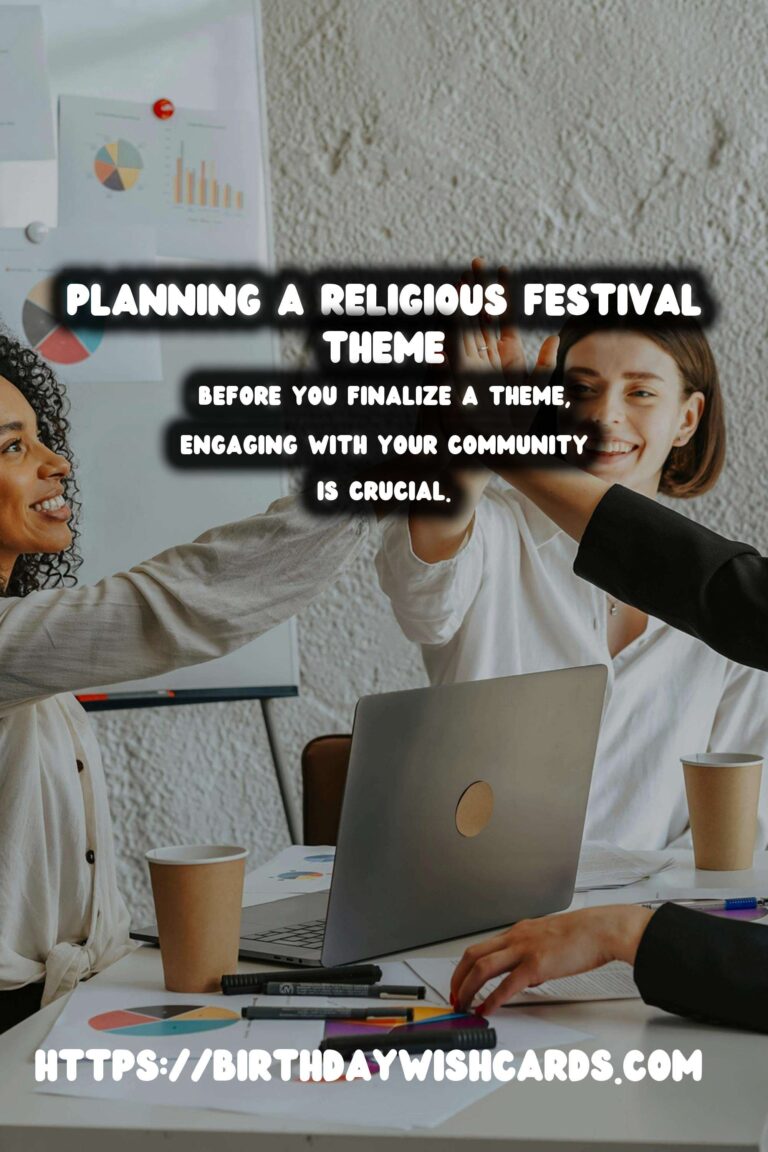
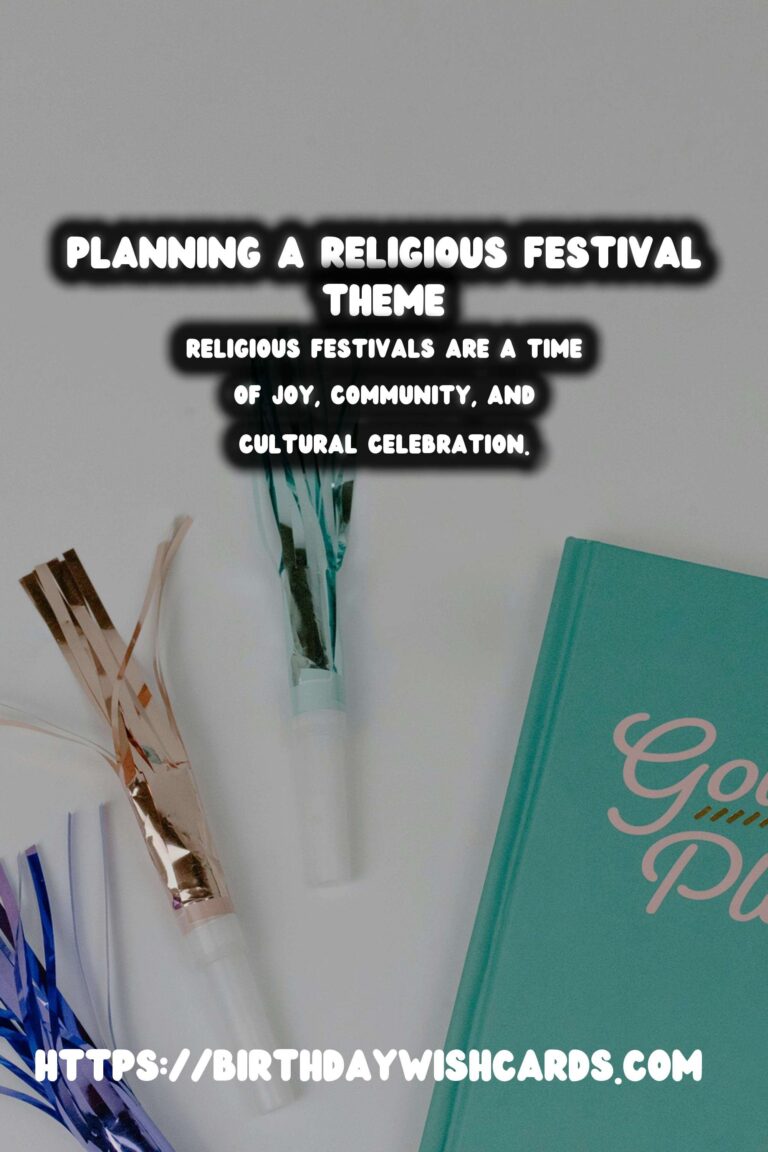
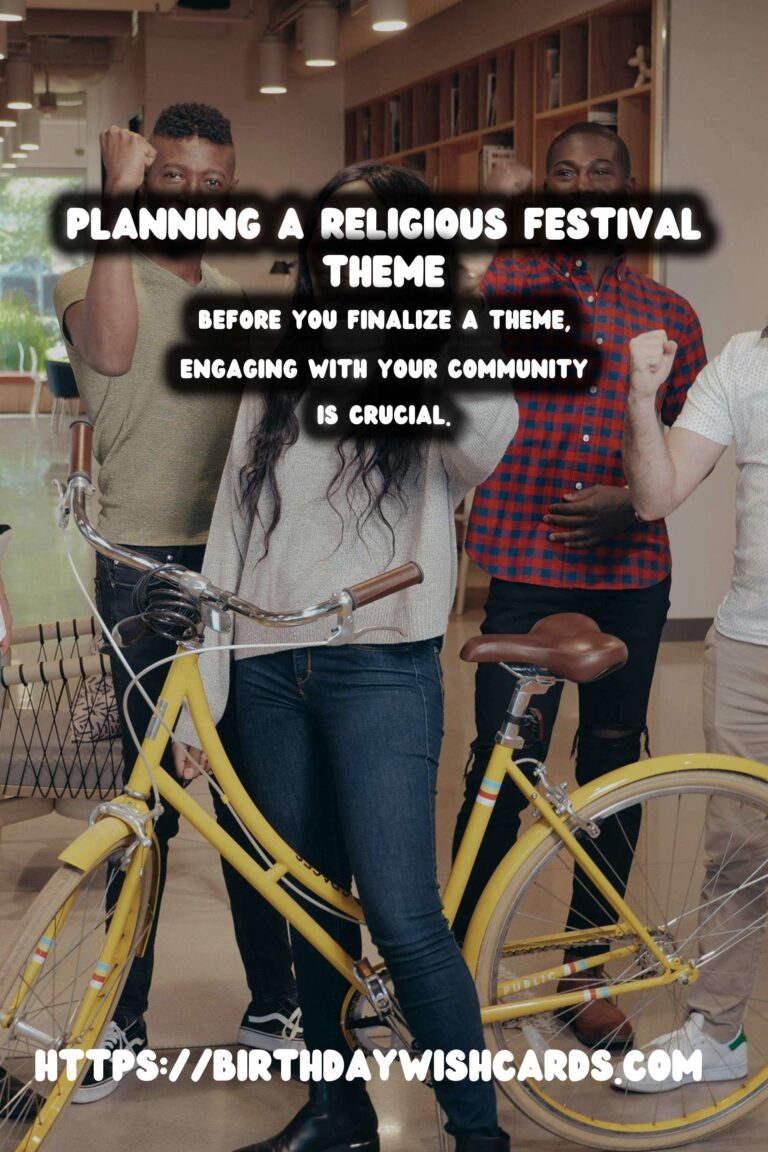
#religiousfestival #festivaltheme


